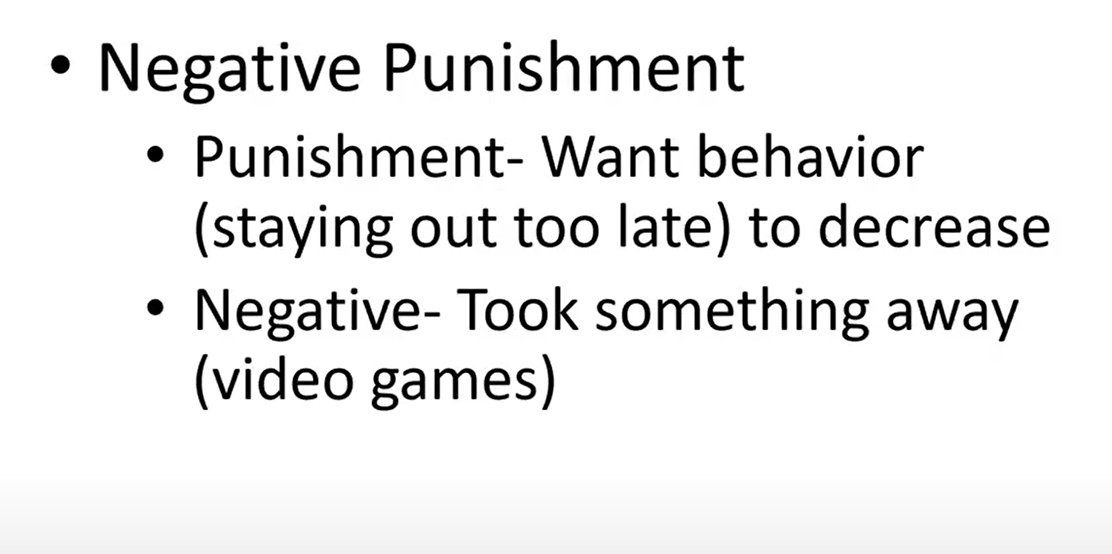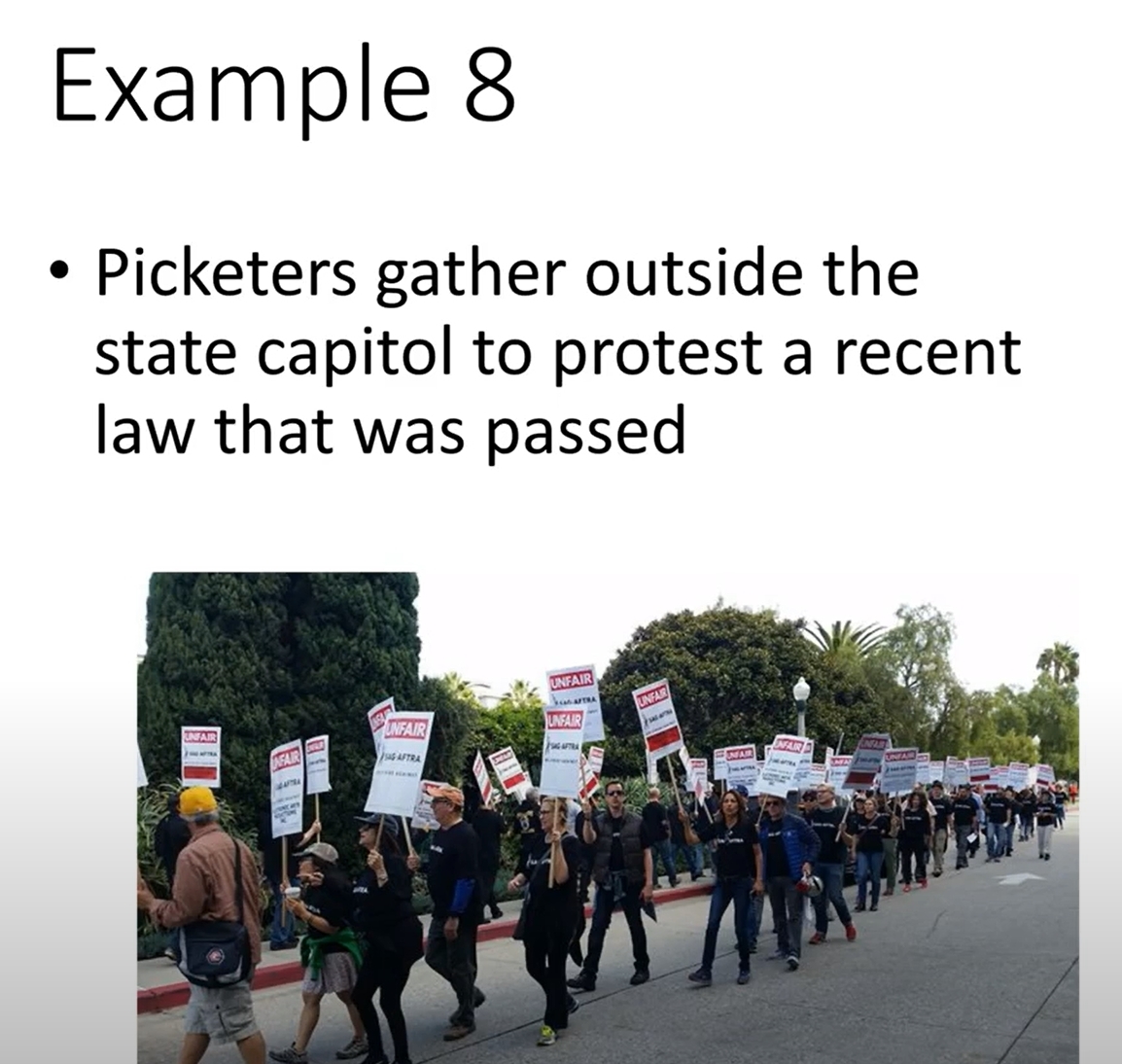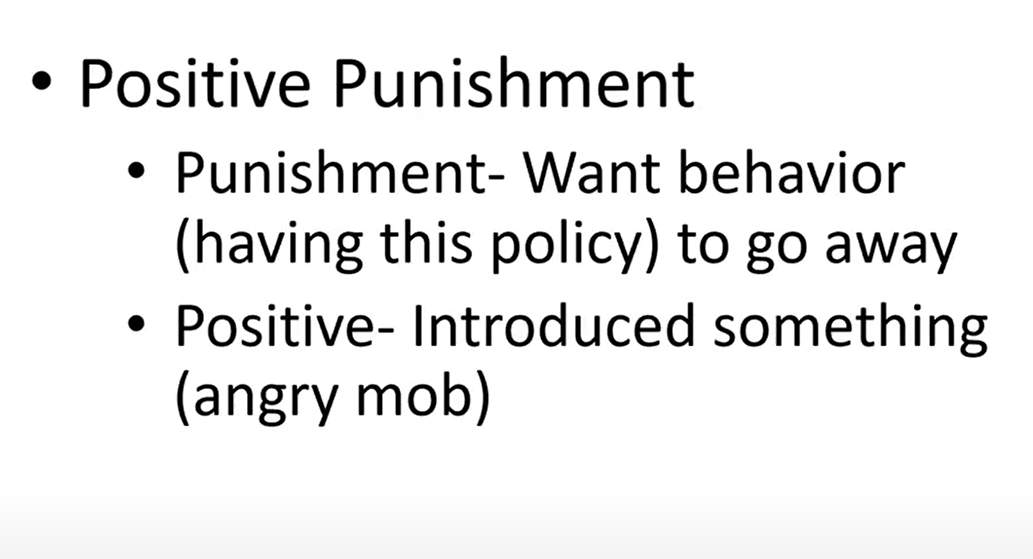In Piaget's theory of constructivism, what is this little girl doing to her schema of a dog?
Give an example of
1. An authoritarian parent
2. An authoritative parent
1. Strick rules, expectation of obedience, severe punishment :(
2. Clear rules, fair enforcement, a warm environment, use of reason rather than force
:max_bytes(150000):strip_icc()/1095045-article-types-of-parenting-styles-5a7cb6aaa18d9e00362ef5eb.png)

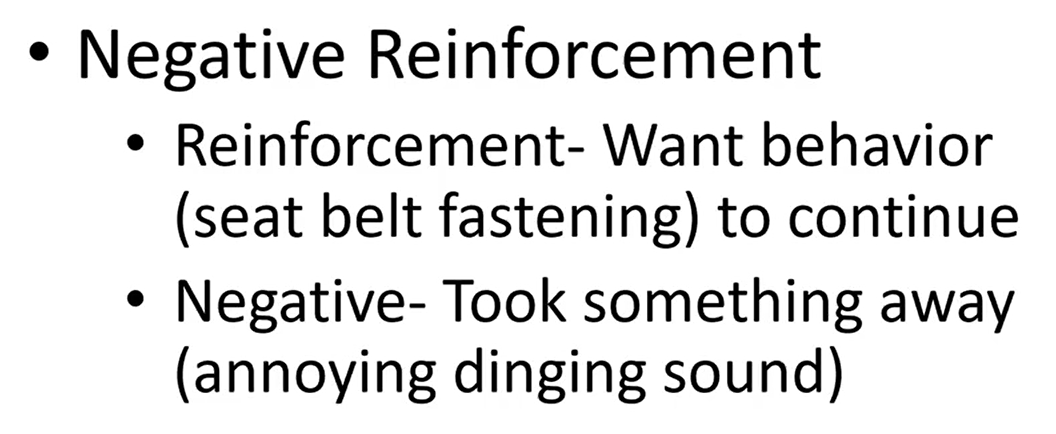
:max_bytes(150000):strip_icc()/what-is-positive-reinforcement-2795412-5b4e2ffec9e77c003ec7cc63.png)

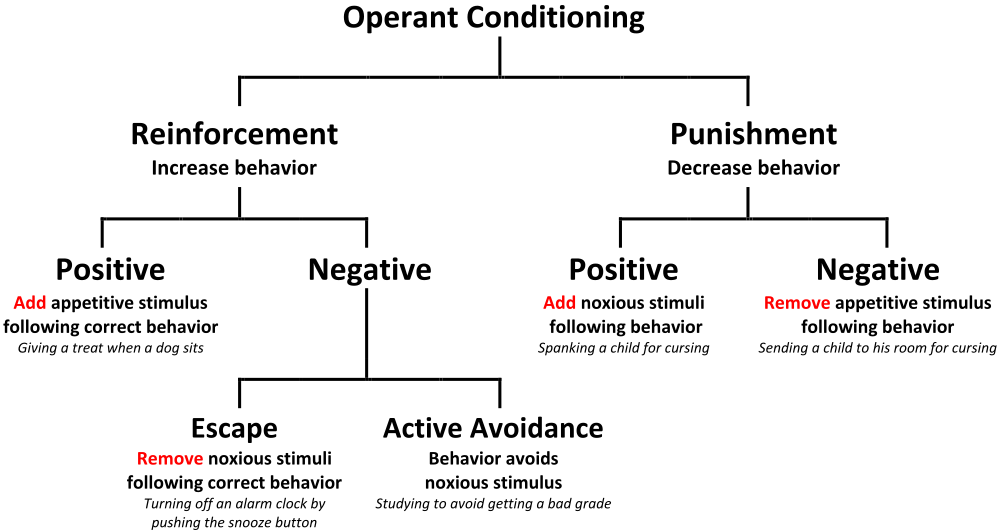
Identify the UCS, UCR, NS, CS, CR
Every time you take a shower, someone in the house flushes the toilet causing the water to turn cold and you become cold and shiver. Now every time you hear a toilet flush, you get cold and shiver.
UCS: Water turning cold
UCR: Becoming cold and shivering
NS: Toilet Flushing
CS: Toilet Flushing
CR: Becoming cold and shivering
What dimension of temperament is the child below?
Sarah is a one-year-old baby who can inhibit her inappropriate behavior, shift or focus her attention, and plan her actions in a productive manner.

Effortful Control
What are the other two dimensions?
What is teratogen and give one example.
Any harmful substance, bacteria, or virus, which can be transferred to a developing fetus.

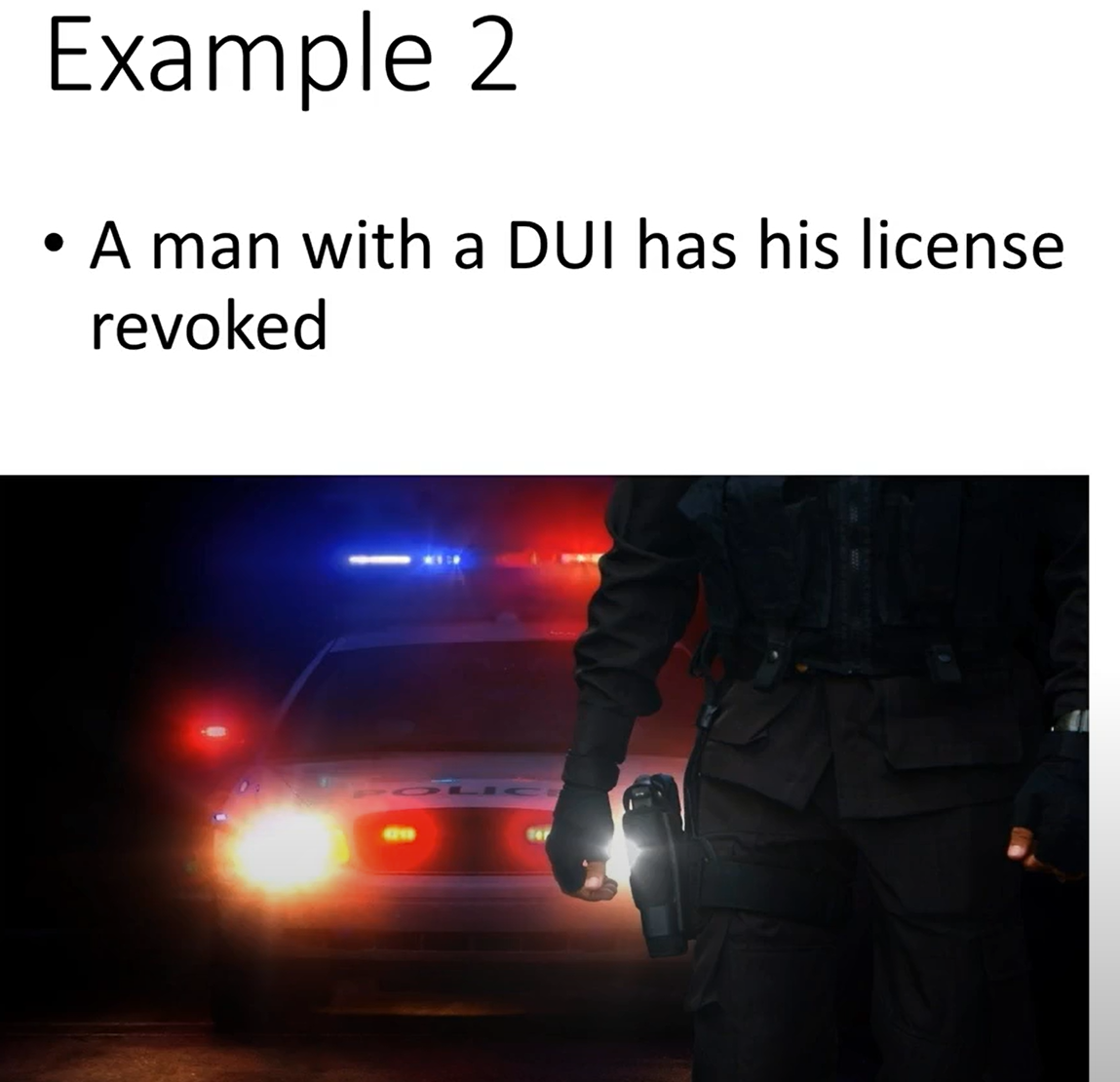
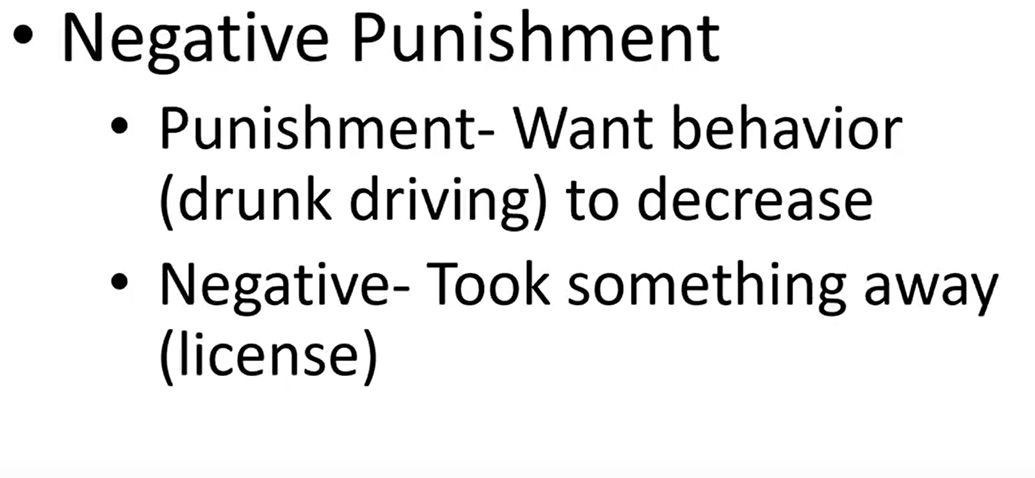
:max_bytes(150000):strip_icc()/what-is-positive-punishment-27954111-5bad1da04cedfd0026bc08b2.png)
:max_bytes(150000):strip_icc():format(webp)/2794859-article-classical-conditioning-5ac50cc9c5542e0037d54692.png)
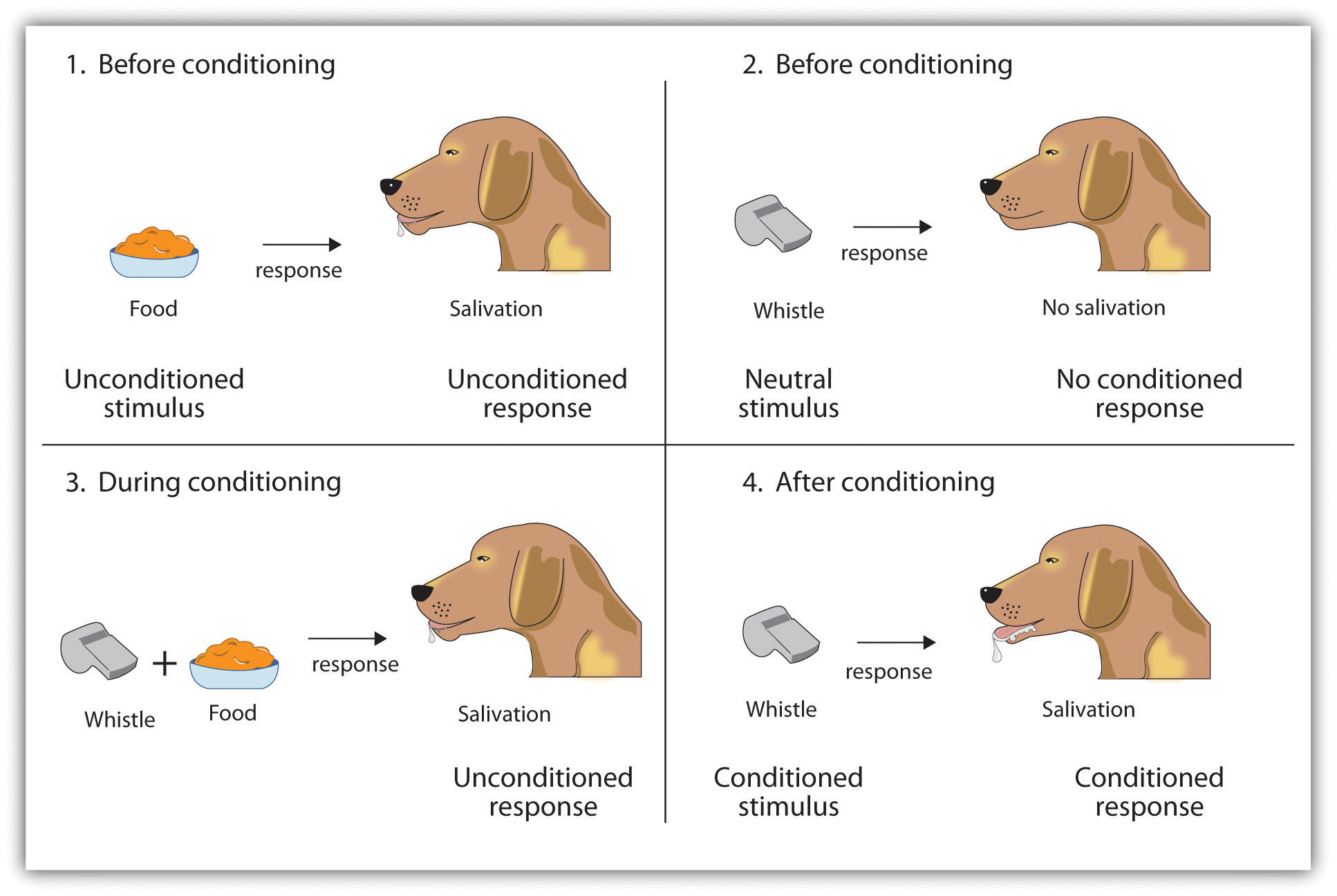
:max_bytes(150000):strip_icc()/2794861-classical-vs-operant-conditioning-5afc42a343a10300370da76f.png)
:max_bytes(150000):strip_icc()/learning-study-guide-2795698_FINAL-5bec544ac9e77c005185519d.png)
Identify the UCS, UCR, NS, CS, CR
People receiving radiation chemotherapy often vomit during or shortly after the procedure. After several chemotherapy sessions, people begin to feel sick at the sight of the treatment room.
UCS: Radiation from chemotherapy
UCR: Vomit
NS: Treatment room
CS: Treatment room
CR: Vomit
Identify what type of attachment style this is.
Gilbert, a 1-year-old baby, is placed in a room with his mother. He is active and curious when the mother is present. If the mother leaves, the infant becomes upset, but will react with joy when she returns.

Secure attachment
What are the two other styles of attachment?
What is the difference between nonshared and shared environments?
The difference between shared and non-shared environments is that shared environments refer to common experiences between siblings such as living conditions, while non-shared refers to separate experiences such as friends, teachers, etc. which each sibling has independent of the other.

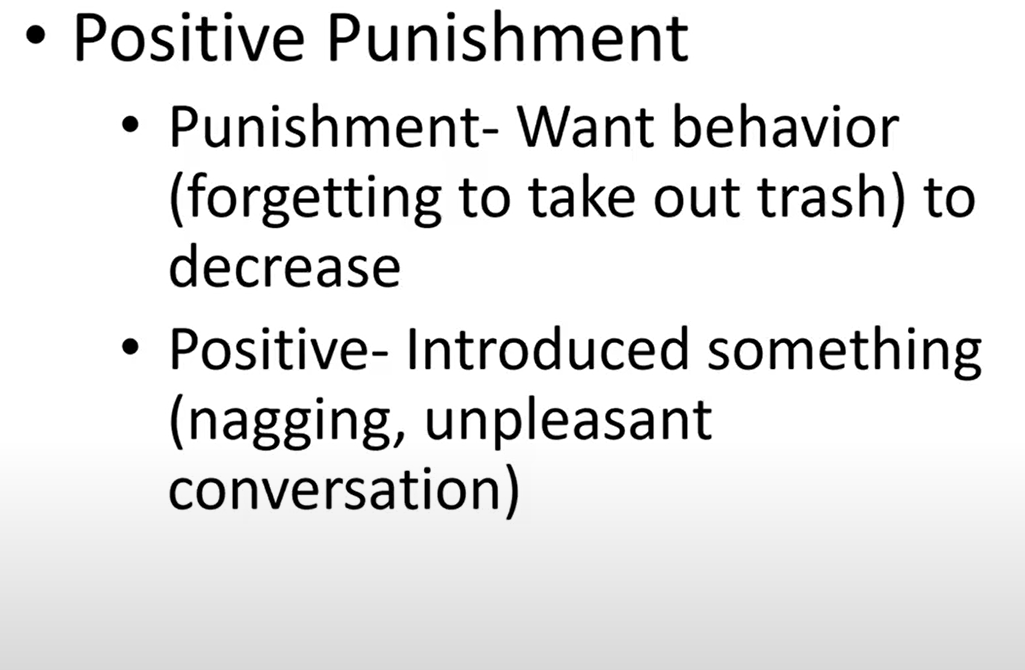
:max_bytes(150000):strip_icc()/what-is-negative-reinforcement-2795410-v1-5c12bd6146e0fb0001270b53.png)



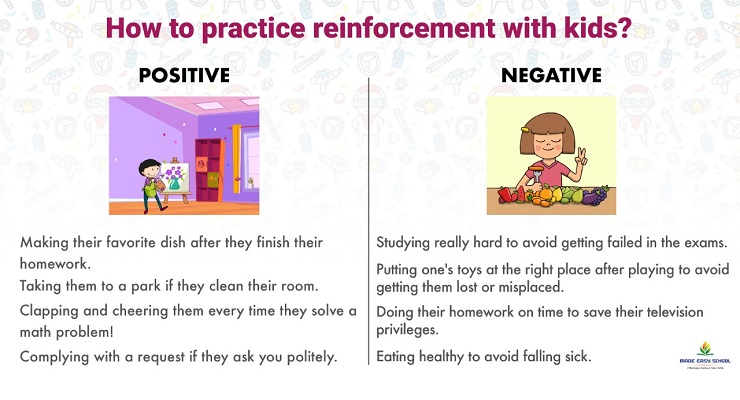
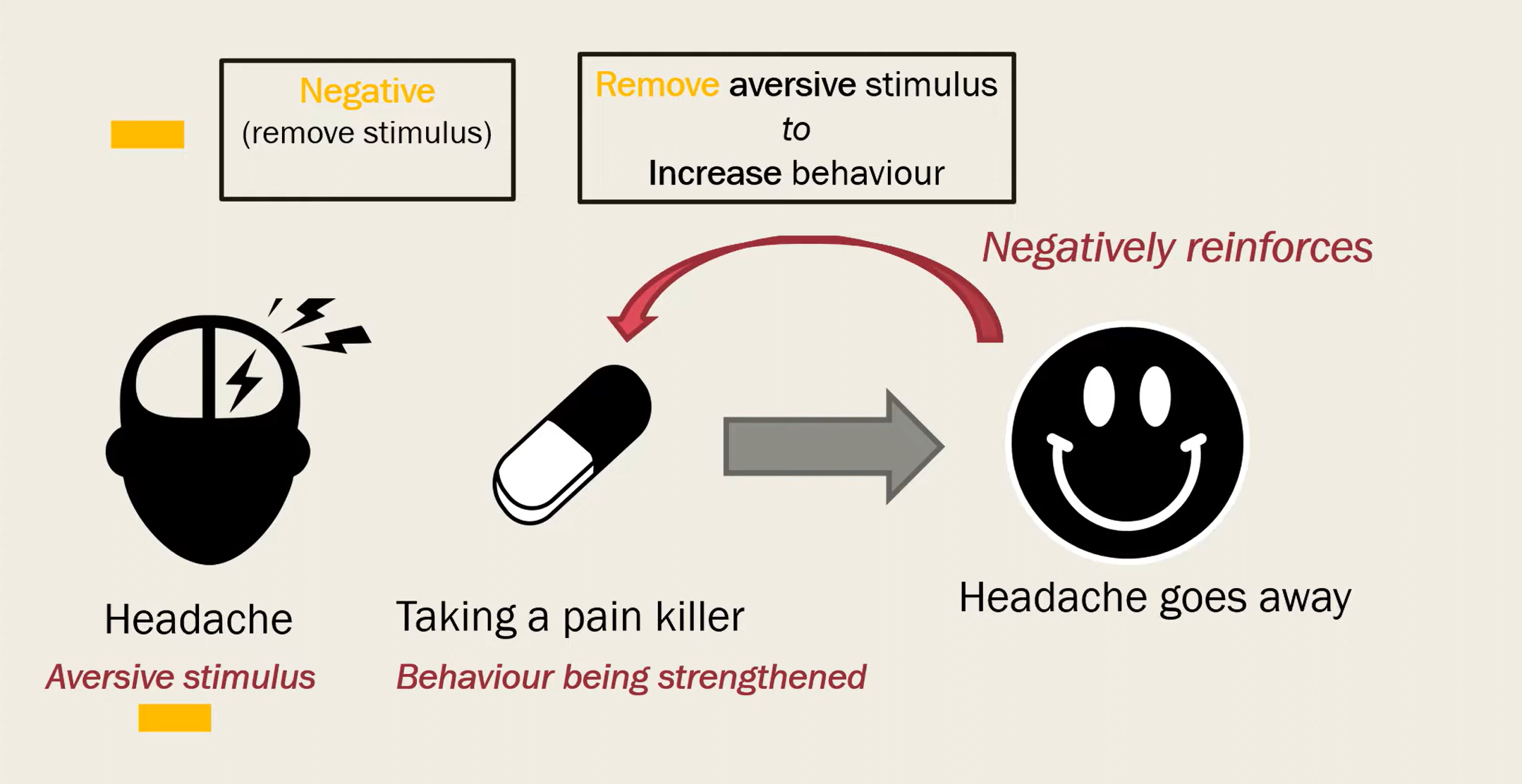
:max_bytes(150000):strip_icc()/what-is-a-conditioned-stimulus-2794975_color1-5c019224c9e77c00013b3ec6.png)
:max_bytes(150000):strip_icc()/what-is-stimulus-generalization-2795885_color1-5b76d7af46e0fb00509c308c.png)
Whenever you go to the eye doctor, you get a little puff of air in your eye, and it causes you to blink. Right before this puff of air, you hear a beeping noise. Now, every time you hear that beeping noise, you blink your eye.
In classical conditioning, identify the NS, UCS, UCR, CS, and CR.
NS: Beeping noise
UCS: Puff of air
UCR: Blinking
CS: Beeping noise
CR: Blinking
________________________________________
NS = A stimulus that triggers no innate response; the subject has no relationship with this stimulus at the beginning of conditioning (Bell)
UCS = Unlearned stimulus - Naturally, and automatically triggers a response (Food)
UCR = Unlearned response that occurs naturally in response to the unconditioned stimulus (Salivation)
CS = A neutral stimulus that, after being repeatedly presented (paired) prior to the unconditioned stimulus, evokes a
The first stage of Piaget's developmental stages is the sensorimotor.
What develops in this stage?

Object Permanence
What develops in the concrete stage (3rd)?
:max_bytes(150000):strip_icc()/2795457-article-piagets-stages-of-cognitive-development-5a95c43aa9d4f900370bf112.png)
1. When the ovum is fertilized by the sperm and they fuse together, it becomes a __________, the first stage of development
2. After two weeks, the zygote becomes an __________
3. After 8-9 weeks have passed, the developing human organism becomes a __________
ZEF
1. Zygote
2. Embryo
3. Fetus



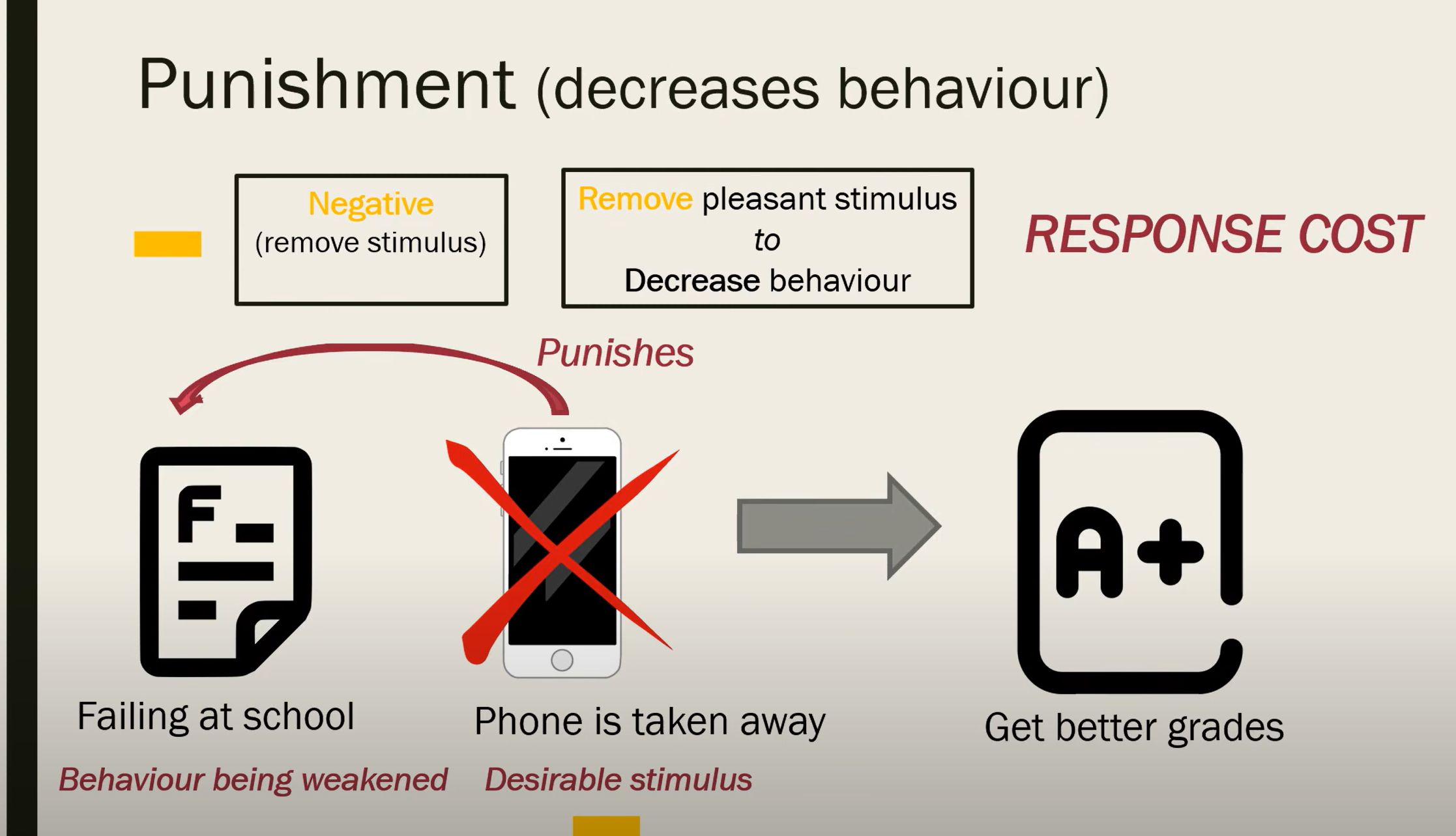
Oftentimes physicians will give treatments that require using a shot that make people uncomfortable. After this happens several times, people will begin feeling uncomfortable at the sight of anyone in a white lab coat.
UCS: Shot
UCR: Uncomfortable
NS: White lab coat
CS: White lab coat
CR: Uncomfortable
There are three stages to Kohlberg's Moral Development: pre-conventional, conventional, and post-conventional.
Which stage is based on respect for law, social norms, and rules set by authorities.
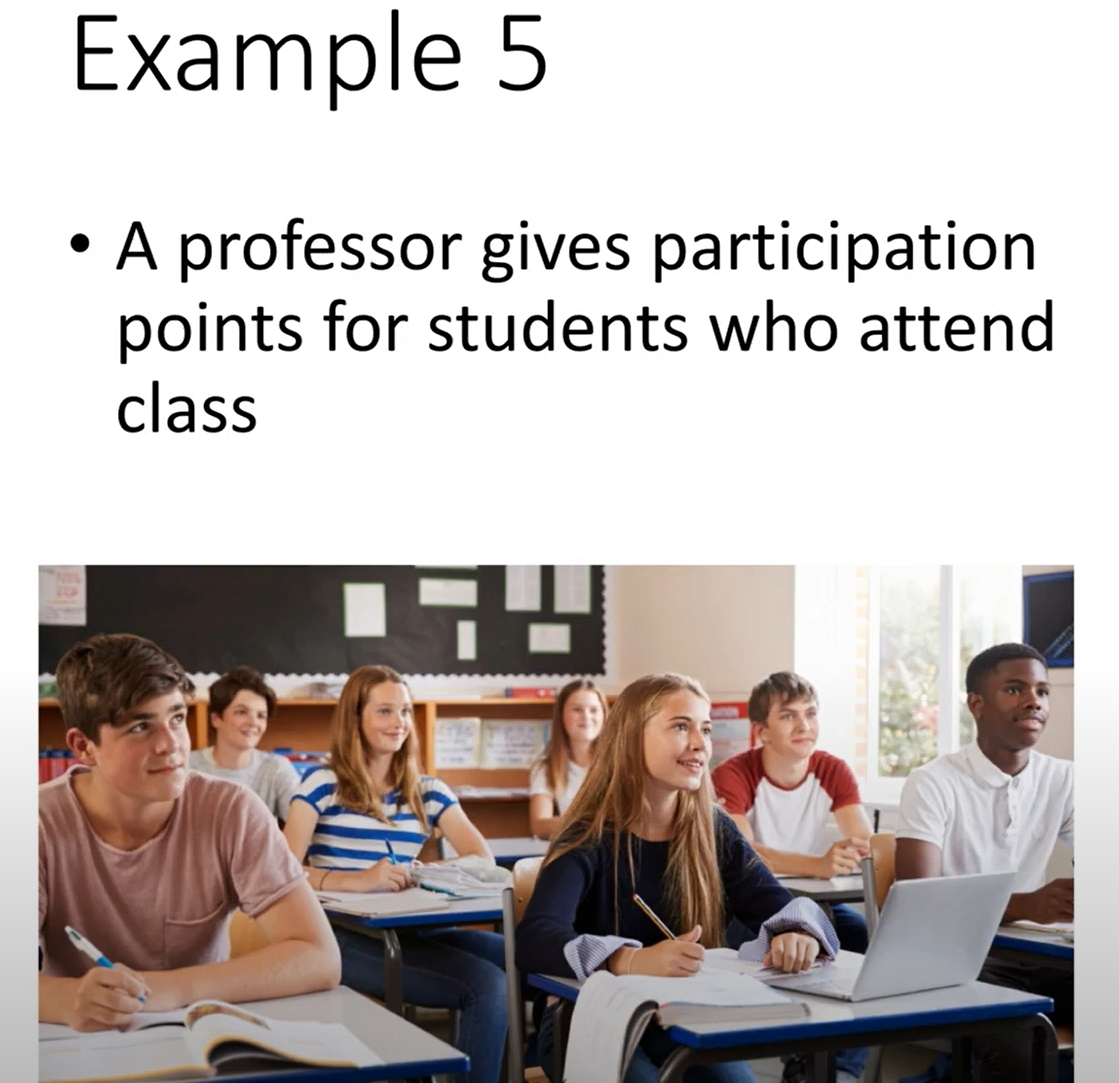
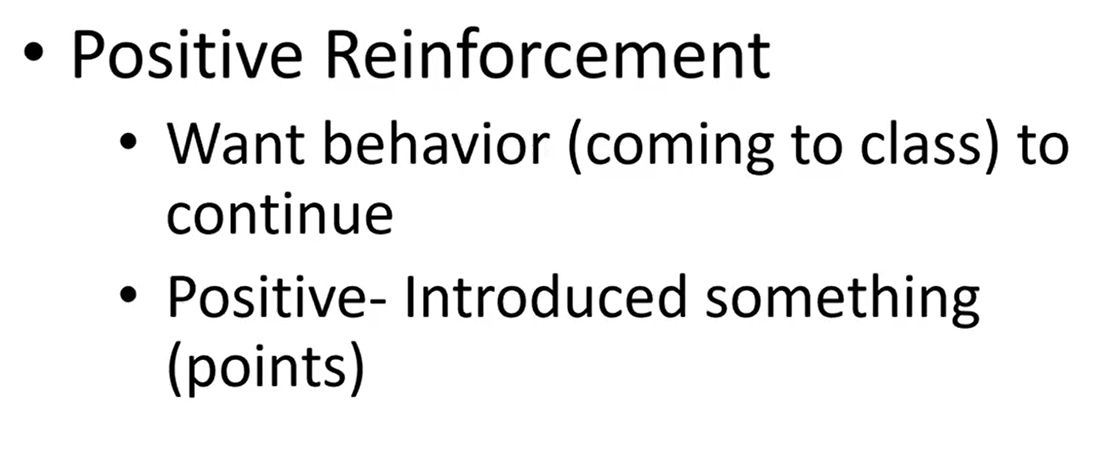
Whenever you see a scary movie, you always eat a box of thin mints. Now you find that eating a box of thin mints makes you feel scared.
UCR: Scared
NS: Thin Mints
CS: Thin Mints
CR: Scared

